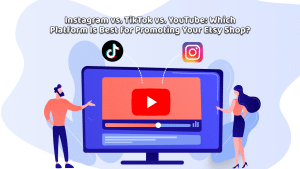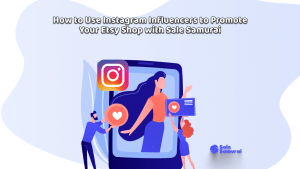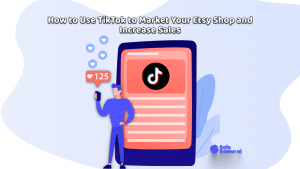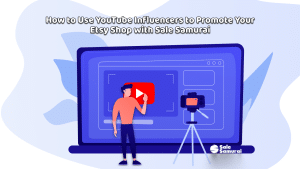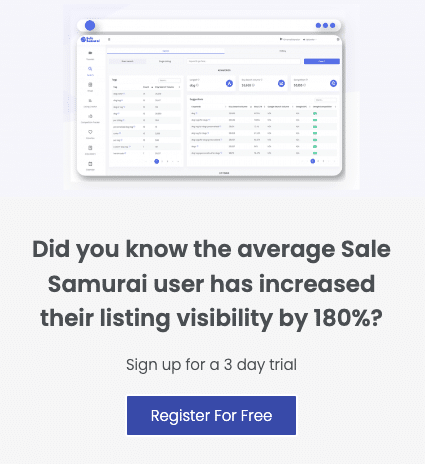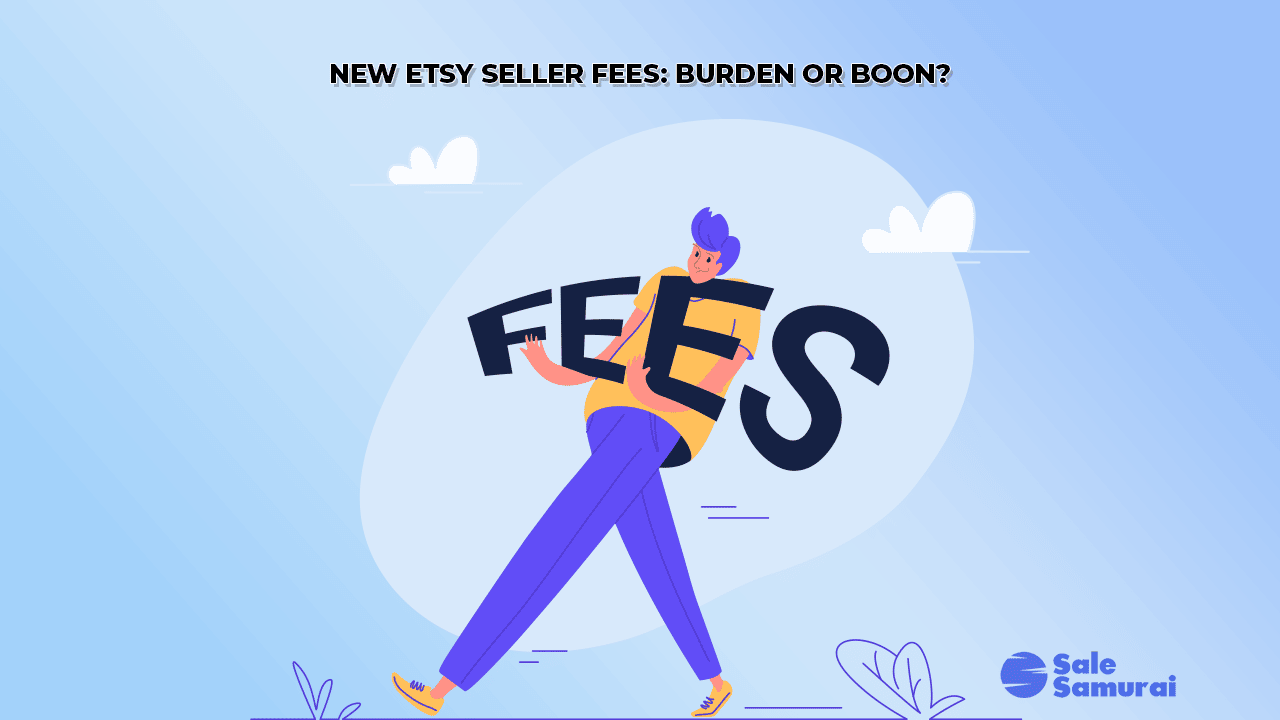
Etsy sellers have had quite a bit of news to digest the last few months as the ecommerce giant attempts to take on Amazon as a destination for gifting. The loudest headline is the fact that they are increasing their transaction fees by a point and a half.
This, as well as a few other changes, caused an uproar in the Etsy community, particularly among longtime sellers and those who earn more than UD $10,000/year. In these days of rising prices, Etsy sellers both new and seasoned are naturally concerned about the announcement of any new fees and how it will affect their margins.
As someone who has been in the ecommerce world since it was invented, my own perspective on Etsy has not wavered. It is still the simplest platform to start an ecommerce business, and in the long run, its rich features, ability to seamlessly integrate with other software and even advertise for you is like having an in-house ecommerce team.
Frankly, if you were to start on your own by either building your own store or becoming an Amazon reseller*, you will probably be overwhelmed by the amount of work and maintenance needed. Etsy does all that for you.
We’re going to talk about the new fees and what they mean for Etsy sellers in a bit. But first, let’s remind everyone why we think it is the superior platform for ecommerce sellers.
*versus using “Merch By Amazon”, a print-on-demand service that requires no production costs – we talk extensively about this over at Merch Informer.
Etsy vs. Shopify vs. Amazon
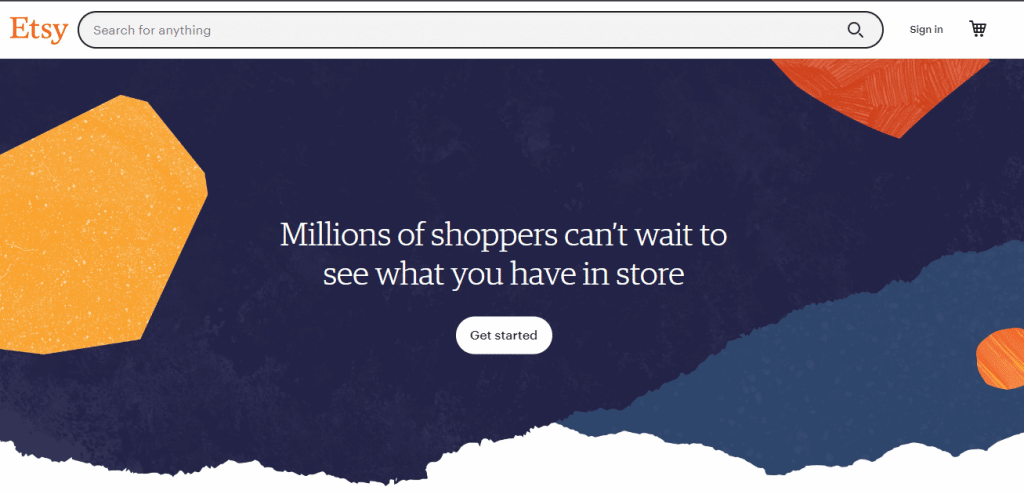
1. Etsy is easier and less expensive to start on than other ecommerce platforms
Most sellers typically start on Etsy because it is less expensive and therefore less daunting. A new seller can be set up in minutes with even just a few items to “test the waters”. That’s what we did when the early days of COVID hit our wholesale business. We simply pulled out old inventory from our original ecommerce store (waaaay back at the turn of the century) and listed them. The test worked – three years later we have sold hundreds of items and have hundreds of 5-star reviews. And we’ve barely stocked it with new items.
Etsy does charge a fee for each transaction: 6.5%. This is one of the areas that caused the uproar, in that it went up 1.5% from its original 5%. Depending on your own pricing structure, that may mean a little or a lot. In my experience, if you have priced a healthy margin into your items (at least 50%), this should have minimal impact. If you are reselling items with a slimmer margin, then the 1.5% can have a greater impact.
Let’s take Shopify – you will need to pay much more upfront just to get a store that looks professional and has all the features needed to run your store. Between theme costs and extensions, it could cost you between $29 – $229 per month.
2. Etsy has organic, engaged traffic
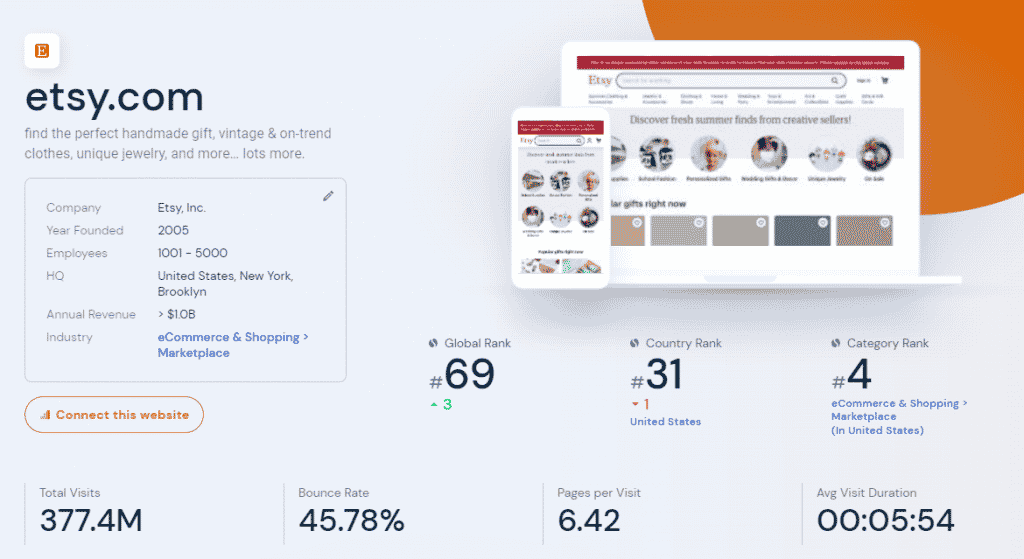
There are 81.9 million active buyers on Etsy as of mid-2022, and this was helped along by the pandemic. More folks set up shop on Etsy (like me) and more people bought there as well.
What makes Etsy unique is its dedicated shopper base, which comes to Etsy for items that they know are a) either handmade or b) at least personally designed by the shop owner. Shoppers come to Etsy to browse, an activity that is different from Amazon, where people typically know what they want and just want it faster and cheaper. Etsy is like the world’s biggest collection of pop-up shops, or booths at fan conventions. Etsy buyers know what kind of thing they’re looking for, but they may not necessarily be sure what the thing is until they see it.
With a little SEO optimization (like the kind you’ll find here at Sale Samurai), you can easily show up on the first page of search results and get right in front of the person looking to buy from you. It’s certainly not as easy on Amazon or Google.
Amazon is better suited for a medium to large-scale ecommerce store. It’s a competitive market with large companies all “racing to the bottom” – trying to keep their prices the lowest. To compete requires a long-term investment, an effective branding strategy and the ability to absorb the many, many fees it levies.
With Amazon, you’re also “betting against the house”. If you’re selling a mass-produced product or commodity on Amazon, chances are that Amazon is selling the same thing, and most likely cheaper – the house always wins. With Etsy, you’re not competing against the very platform you’re selling on.
3. Etsy seamlessly integrates with valuable extensions
Want to start a store but not carry inventory? Just integrate POD suppliers such as Printify – which has hundreds of items that you can customize. Your listing only needs text and graphics (mockups that Printify itself produces for you!), and when a customer orders the item, the POD supplier prints and fulfills directly to the customer. Want more information? We give all the details in this blog entry here.
Using a Print Provider To Sell Print on Demand Goods On Etsy
Even if your store grows big enough that you develop a loyal following of your own, you can open a Shopify store and integrate it and your Etsy shop into a central dashboard. LitCommerce is an application that can facilitate this.
The Etsy Fee Structure – A Review
As mentioned, Etsy does indeed charge fees. However, they are still negligible compared to those levied by Amazon or the cost to acquire/retain customers on your own shop. Here’s an example:
Let’s say you’re selling a hand-made mini-statuette for USD $10.
- Listing Fee: To list this item, Etsy charges a one-time fee of 20 cents. When you run out of stock, the listing automatically goes dormant, and the 20 cents is re-applied when the restocked item goes live
- Shipping Fee (paid by customer): Unless you’ve set up your listing for free shipping (more on that later), the customer has to pay shipping, which averages about $4-7 depending on the weight of the item (and were using a small clay statuette as an example). This does not come out of your item’s cost, but is calculated and added at checkout.
- Transaction Fee: The transaction fee is 6.5% of the total cost of the item for the customer. So, 6.5% of $10 is 65 cents.
- Payment Processing Fee: (only if Etsy Payment is used): If you live in the US, then the fee will be 3% of total sale plus $0.25. So, $10 for the statuette + $5.50 shipping = $15.50. That comes to 71.5 cents
The total you need to pay Etsy: total fees from your sale come to $1.56
5. Advertising and Promotion. This used to be opt-in, but Etsy has now made it mandatory, adding to the aforementioned uproar. But take a good look at what they offer: Etsy advertises in high-traffic areas on the internet, and randomly includes items in the stores. That ad can directly result in a sale of your item, and in exchange Etsy levies a fee. The new structure is 12% for stores earning less than $10,000/year and 15% for those earning above $10,000/year.
In my experience, this is a welcome function – a salesman’s commission runs anywhere from 10%-25%, and with online advertising, you’re paying for people who click on your store but don’t necessarily buy. Etsy only levies the fee if the advertising results in a direct sale – it is the safest, low-maintenance and least expensive way to make a sale outside of Etsy’s own organic traffic.
If you’re a new Etsy seller or considering opening an Etsy shop, chances are you’re already sold. But what if you’re a seasoned Etsy seller who sees these new fees as eating into your margin?
I honestly believe that all the fee changes are only going to help seasoned Etsy sellers. Etsy says that the additional 1.5% in the transaction fee is going to infrastructure improvement and feature expansion. The mandatory advertising opt-in will only increase visibility for items, and the fee only applies if the ad results in a sale.
That said, here are some ways you can save costs and open up your margins:
Apply flat rate shipping on your shop
Flat rate shipping makes shipping prices more consistent and get rid of the wide ranges that can be caused by things like the weight of the package, how far it has to be shipped, and the time of year. So, flat rate delivery is a great choice for online stores that want to make shipping easier and attract more customers.
Offer free shipping
It’s a small hack for Etsy sellers, but it has a huge effect: it will boost your sales and get rid of the transaction fee for shipping. Etsy bases the amount of the shipping transaction fee on how much it costs to ship that particular item. That’s one of the main reasons why so many Etsy sellers choose the option to ship for free. Also, Etsy prioritizes search listings that offer free shipping. It takes a little math to figure out the free shipping “sweet spot”, but once you do, you’ll never look back – buyers overwhelmingly choose items with “free shipping” – despite the fact that it’s not really free, it’s simply “included”.
Bundle your items
If you sell things like party cups, colorful boxes, clothes, etc., group them together and list them as a single product instead of listing them all separately. So, you’ll only have to pay the listing fee of 20 cents for one bundle product, even though you’ll sell the same number of items as if they were listed separately. It’s easy to do and helps cut down on the cost of listing.
Offer private listings where possible
Another way to save money on the Etsy listing fee is to offer private listings to your customers. Etsy only charges $0.20 for a private listing if the item sells. If it doesn’t sell, you don’t get charged. So, when customers contact you to place orders, you might want to give them the private listing. This way, you could save the $0.20 fee for each item you list.
It’s no secret that we are Etsy evangelists here at Sale Samurai, but we wouldn’t be as passionate about the platform if we didn’t experience all the benefits ourselves. So whether you’re a new or experienced Etsy seller, the recent changes to their fee structure should prove to be a benefit in the long run.
